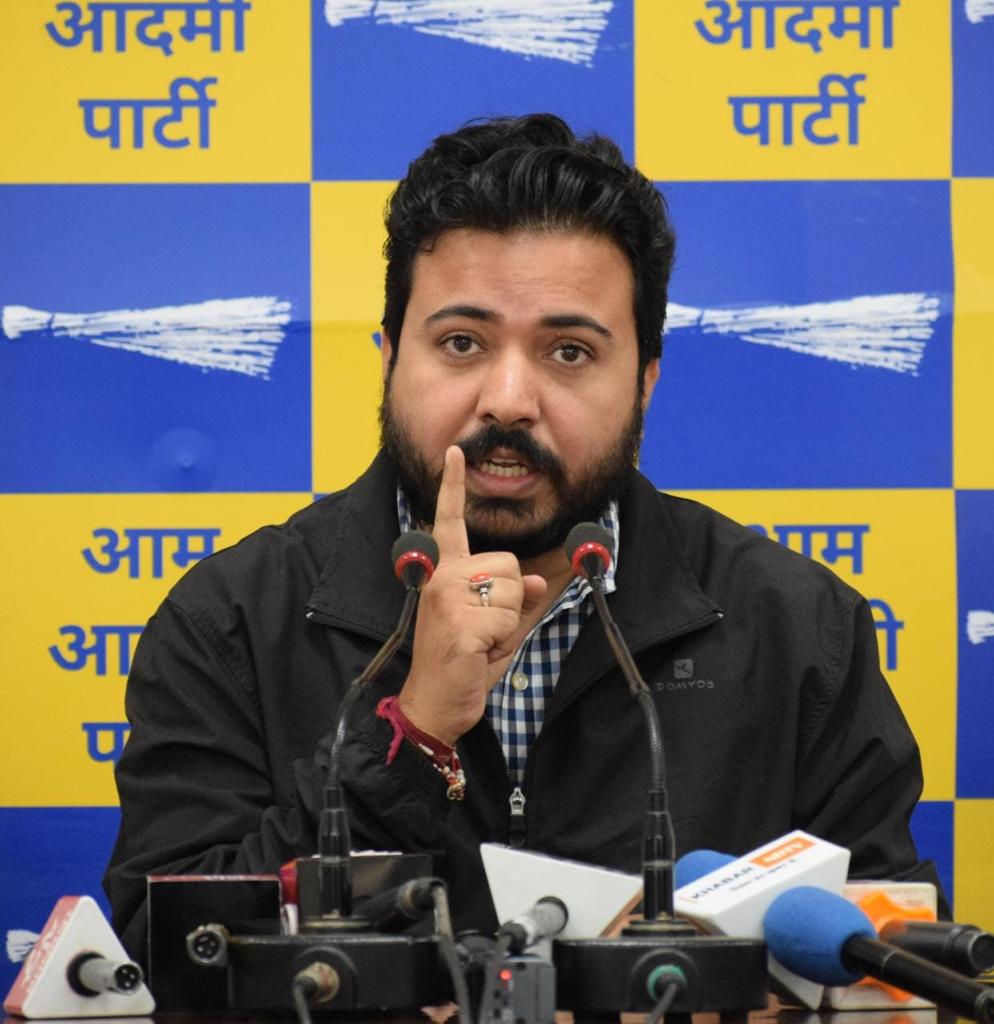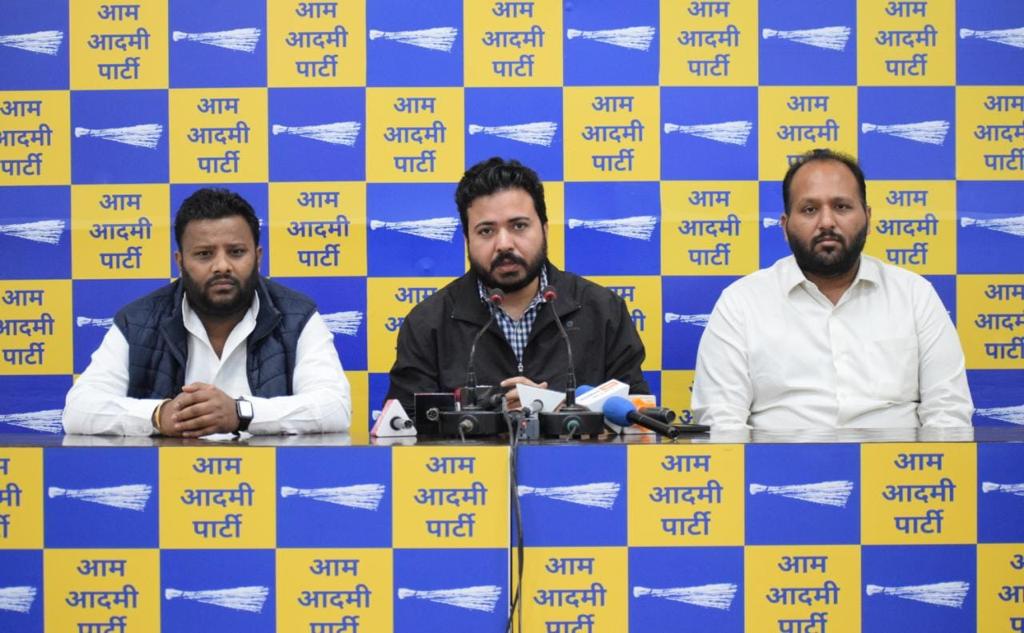Self-sustaining solution is being brought forth to reduce the quantity of sewage sludge: Satyendar Jain
Serious disposal issues being faced by DJB due to unavailability of disposal sites by MCD
All STPs will be made zero waste discharge utility within two years to rule out any dependency on MCD: Satyendar Jain
Solution to be replicated in Industrial areas and Public Toilets: Satyendar Jain


New Delhi:
Delhi government is constructing a massive ‘Sludge Treatment Plant’ at its Kondli based Sewage Treatment Plant (STP) with a capacity to treat 200 tonnes of sludge per day. The new sludge treatment plant will be established within the premises of the existing Kondli facility. Water Minister and Chairman, DJB, Shri Satyendar Jain said that DJB is producing 700-800 Tonnes of sludge from STPs on a daily basis which will be treated using modern technology and converted to a resource.
Sludge handling is a major issue the city is facing. Sludge is the residue that accumulates in sewage treatment plants. Sewage sludge is the solid, semisolid, or slurry residual material that is produced as a by-product of sewage treatment processes. This sludge is removed using a scraper and then transferred to a tank where it is decomposed by anaerobic bacteria to produce biogas. This biogas is used as a low-cost fuel to generate electricity. Even after this process, residue of the sludge still remains, and this remaining sludge is dumped into the sludge dump yard of DJB’s or MCD’s site. This dump yard creates a foul smell which causes discomfort and becomes a hygiene issue for the nearby residents. Biogas is produced from the remaining sludge. Furthermore, the leftover residue after the production of biogas often reaches landfill sites, and at the same time poses a threat of getting seeped into the soil. Moreover, it fills the natural pores of the soil and disallows freshwater during the rains to recharge the underground aquifers. This in turn becomes a big contributor in land pollution as well as becomes a threat for the health of people residing around the area.
To resolve this issue, The Kejriwal Government has come up with a one-stop solution i.e building a ‘Sludge Treatment Plant’. Delhi government is constructing a ‘Sludge Treatment Plant’ at its Kondli based Sewage Treatment Plant (STP) with a capacity to treat 200 tonnes of sludge per day. The new sludge treatment plant will be established within the premises of the existing Kondli facility in East Delhi where four STPs are already functional. DJB had earlier established a pilot Sludge Treatment Plant with a treatment capacity of One Tonne per day at Okhla STP which was successful after continuous operations of many months. This Sludge reduction technology used by Delhi Government is called thermal Stabilisation.
The new sludge treatment plant is based on the technology of Hot Air Oxidation in which sludge is dried using hot air and converted to biochar. After the onset of this project, only 5% residue will be left. The residue will be further used in making tiles and conditioning the soil. This is the first hybrid annuity model (HAM) project of DJB where 40% investment will be incurred by the technology provider. This project will have a 15 years operation and maintenance (O&M) period, which implies that the maintenance will be taken care of by the concerned agency for 15 long years.
Water Minister and Chairman, DJB, Shri Satyendar Jain said that DJB is producing 700-800 Tonnes of sludge from STPs on a daily basis which will be treated using modern technology and converted to a resource. Shri Satyendar Jain further added that within 2 years all STPs in Delhi will have an independent sludge treatment plant so that there is no dependency on MCD in the future. He additionally holds the charge of the Minister of Industries and apprised that similar solutions will be implemented in the 13 Common Effluent Treatment Plants of the Industrial area where sludge produced from the industrial plants can be hazardous in nature.
Wastewater and sludge management has become a major concern for all developing countries. Sludge handling is a major issue at DJB STPs also because it creates a foul smell and its landfill disposal at the landfill site is an additional challenge. In the last few years, DJB has been facing serious issues in disposing off the sludge because the BJP-led Municipal Corporation of Delhi (MCD) has been unable to provide landfill sites for scientific disposal of the sludge.
The technology will be employed to do away with the environmental and health-related challenges and improve the well-being of local residents and other living beings. In the new Sludge Treatment Plant, sludge generated from the Sewage Treatment Plants will be put into bio-gestors to produce biogas which will be further converted into electricity. A huge amount of sludge is leftover in the process. This sludge is termed as ‘Digested Sludge’ that becomes difficult to dispose of and it produces a foul smell when handled in a conventional way. But under the new technology, this digested sludge will be converted into biochar. The Sludge Treatment Plant in Kondli will be completed by 31st March 2022. Once proved to be successful, this model will be implemented to all the 36 STPs of Delhi, which will not only help to handle large quantities of sludge but will also relieve the residents from the foul smell and hygiene issues caused by the same.

